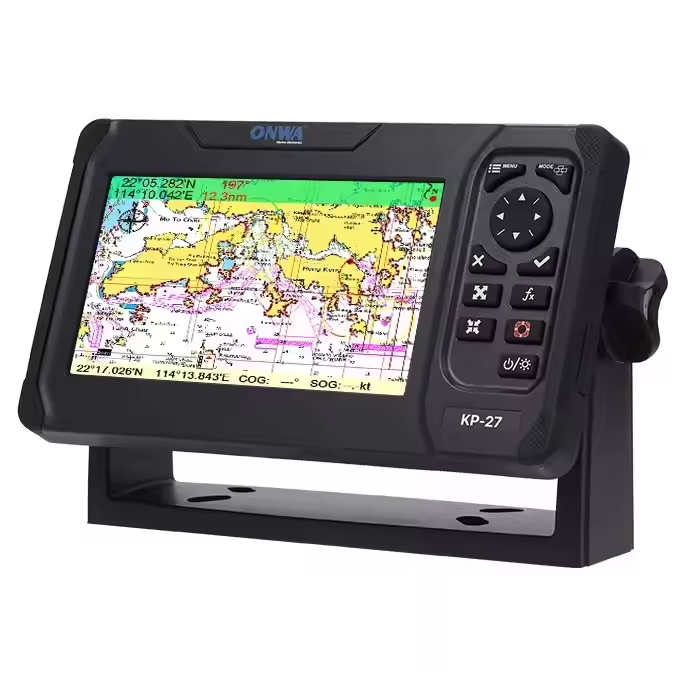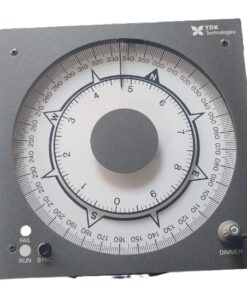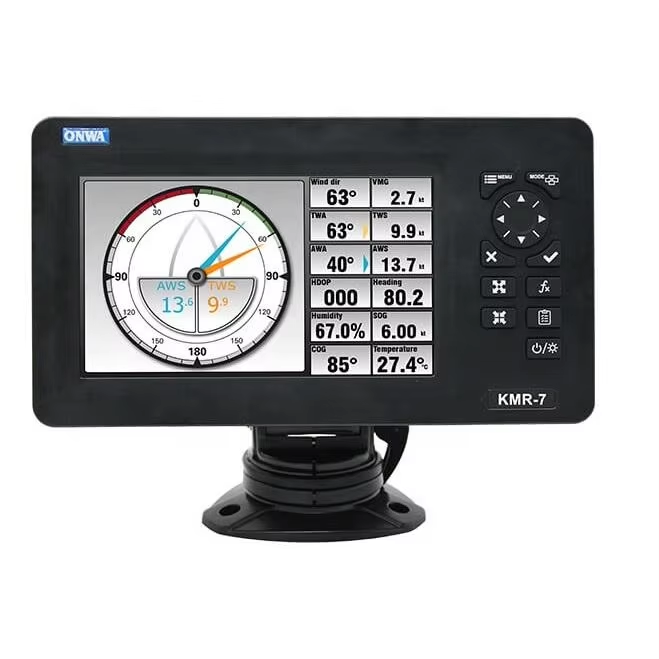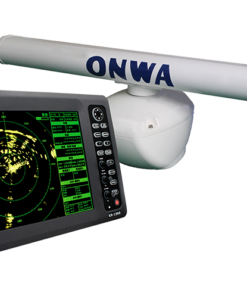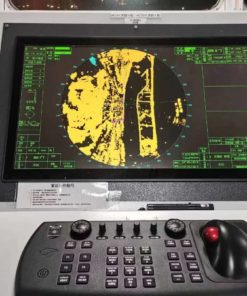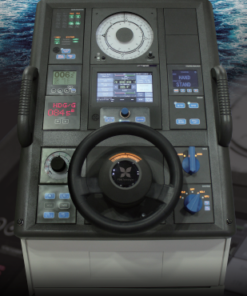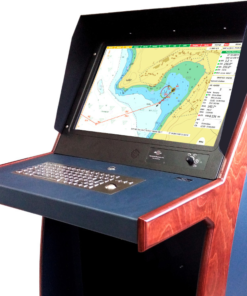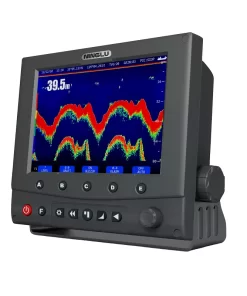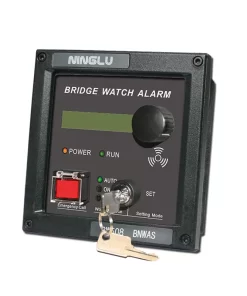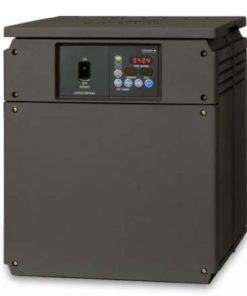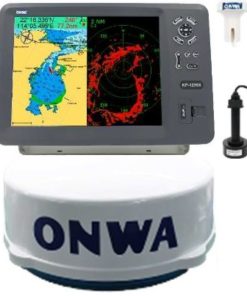Fiber optic gyrocompass (FOG)
A Fiber Optic Gyrocompass (FOG) is a highly precise navigation instrument used on ships and other maritime vessels to determine true north and provide accurate heading information. Unlike traditional mechanical gyrocompasses, FOGs use the principles of fiber optic technology to detect changes in orientation. Inside a FOG, light is passed through a coil of optical fiber wound around a sensor, known as a ring laser gyro. As the vessel rotates, the Coriolis effect causes the light to shift in frequency, allowing the FOG to measure angular rotation. By continuously monitoring these changes, the FOG calculates the vessel’s heading with exceptional accuracy, even in dynamic and challenging maritime conditions. FOGs offer advantages such as rapid start-up, immunity to magnetic interference, and high reliability, making them essential components of modern navigation systems for commercial, military, and scientific vessels operating in both coastal and open sea environments.


